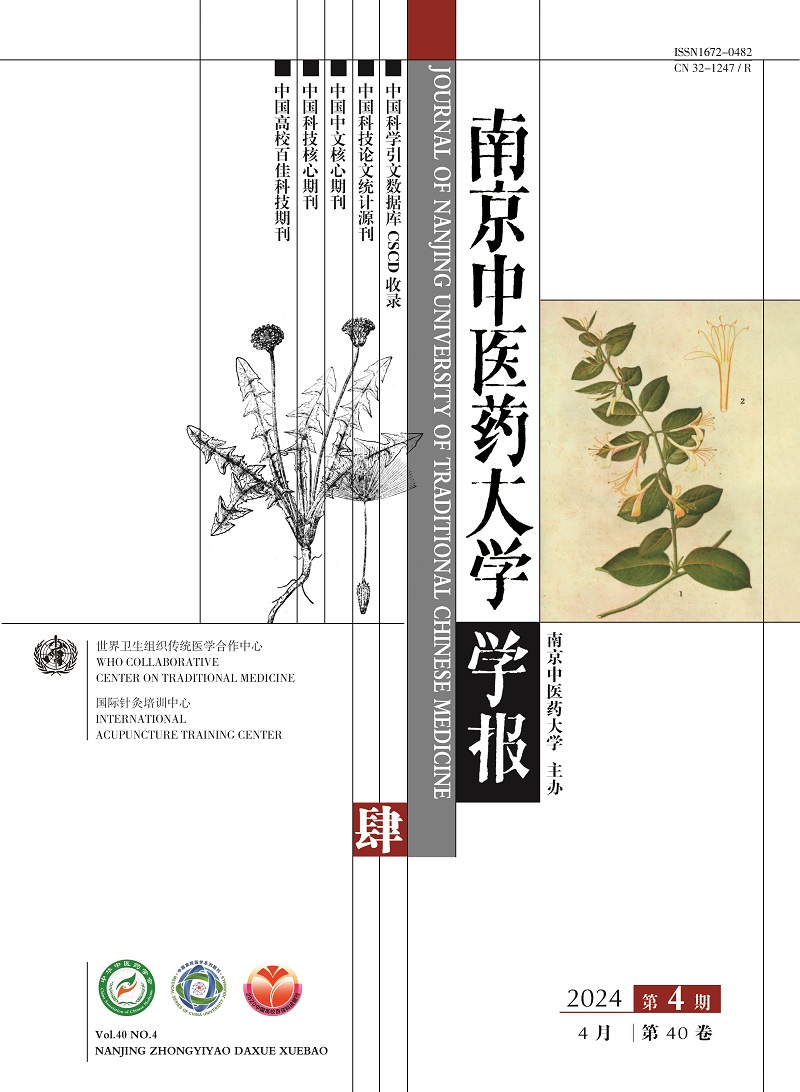2019 Vol. 35, No. 1
Display Method:
2019, 35(1): 1-4.
Abstract:
2019, 35(1): 5-8.
Abstract:
2019, 35(1): 9-11.
Abstract:
2019, 35(1): 12-15.
Abstract:
2019, 35(1): 16-20.
Abstract:
2019, 35(1): 21-24.
Abstract:
2019, 35(1): 25-28.
Abstract:
2019, 35(1): 29-31.
Abstract:
2019, 35(1): 36-38.
Abstract:
2019, 35(1): 39-46.
Abstract:
2019, 35(1): 47-52.
Abstract:
2019, 35(1): 53-57.
Abstract:
2019, 35(1): 58-62.
Abstract:
2019, 35(1): 63-67.
Abstract:
2019, 35(1): 68-72.
Abstract:
2019, 35(1): 73-77.
Abstract:
Lipomics Study of Jinxin Oral Liquid for RSV Infection in Mice Based on UHPLC-Q-Exactive Orbitrap/MS
2019, 35(1): 78-84.
Abstract:
2019, 35(1): 85-89.
Abstract:
2019, 35(1): 90-94.
Abstract:
2019, 35(1): 95-98.
Abstract:
2019, 35(1): 99-103.
Abstract:
2019, 35(1): 104-105.
Abstract:
2019, 35(1): 106-108.
Abstract:
2019, 35(1): 109-110.
Abstract:
2019, 35(1): 111-115.
Abstract:
2019, 35(1): 116-120.
Abstract:



